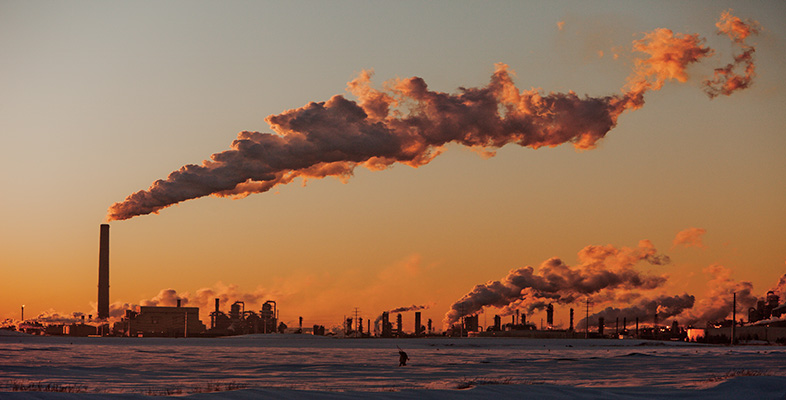6.2 Immiscible liquids
Immiscible liquids may be present as oils, greases or tarry substances, often in the form of an emulsion (a colloidal suspension of one liquid in another, as in mayonnaise). They may affect turbidity in the same way as suspended solids. However, emulsions are not likely to settle to the bed of the river. Frequently they float on the surface and adhere to vegetation at the waterline. Some immiscible liquids are decomposed slowly by aquatic microorganisms. Many oils and tars are slightly soluble in water and thereby impart tastes and odours to it.
Oil is generally less dense than water and will spread over the surface to form an extremely thin, often visible film; a small quantity of oil is therefore likely to pollute a large area. Even when the oxygen demand in the water is low and oil imposes little additional biological load, the presence of an oil film with a thickness of only one thousandth of a millimetre (1 µm) may reduce the rate at which oxygen is transferred from air to water. It can also affect the life cycle of insects, since the larvae of some species float on the surface.
Oil is one of the more serious pollution problems. As an example, there are now around 3000 pollution incidents involving oil and fuels every year in England and Wales (Environment Agency, 2013). Although some of these affect land, the vast majority affect the water environment.
